The Top 12 Tools You Will Need When Working with Concrete
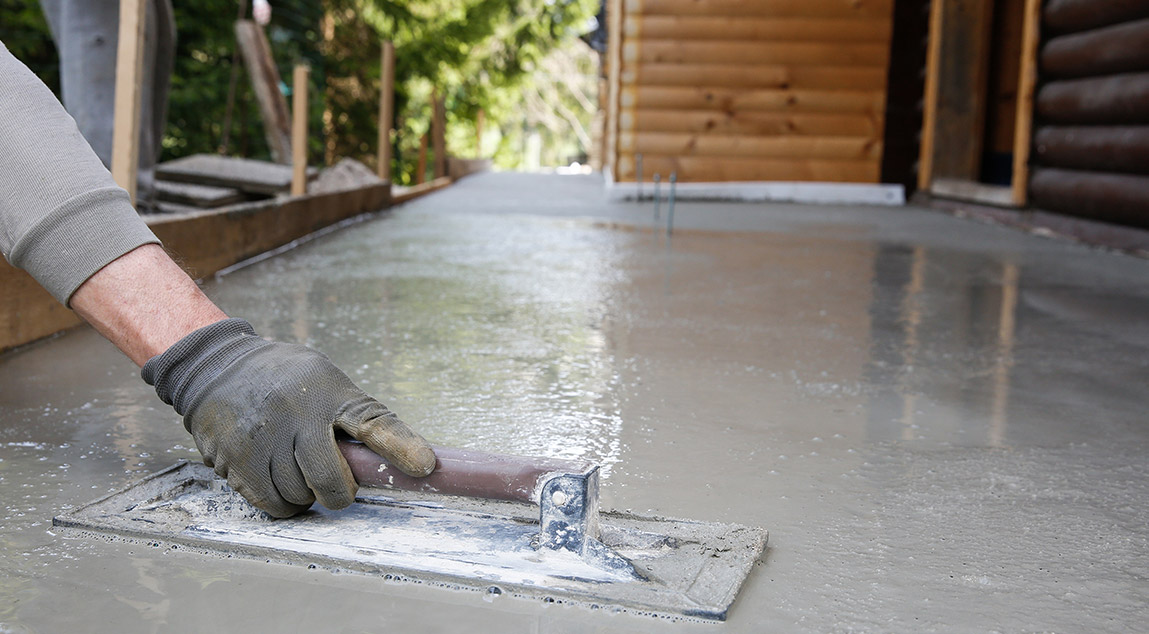
If you’re looking to create a concrete surface that is smooth and beautiful, there are many different tools you can use. Concreting is a project where precision meets practicality, and the right tools and safety equipment can make all the difference between a huge success and a crumbling disaster.
In this comprehensive guide, we’re going to cement your knowledge on the top 12 tools that are essential for working with concrete. We’ll delve into the details of each tool, explaining their specific roles and why they’re vital to your project. From rakes to concrete mixers, each tool has its part to play.
The Basics of Working with Concrete
Concrete, a mainstay in the construction world, is a material as versatile as it is durable, making it a favourite for many projects. It allows you to perform a wide range of home improvements, from crafting a robust driveway that can handle any vehicle to moulding a unique garden path that adds an aesthetic appeal to your outdoor space.
The beauty of concrete is that it’s not just a substance for the professionals—it offers the everyday DIY enthusiast an opportunity to roll up their sleeves and get their hands dirty. The potential cost savings can be significant compared to hiring a professional service. There’s also the sense of satisfaction looking at your completed project and knowing that you did that all by yourself.
Safety First: Essential Protective Gear
Before you pick up a shovel or mix your first batch of concrete, the first thing you need to do is invest in some quality safety gear.
Cement reaches a pH of 12 within several minutes of being mixed with water. As you no doubt remember from science class, anything with a pH over 7 is basic, or alkaline. While we associate chemical burns with acidic mixtures, alkaline mixtures are equally damaging to skin, eyes and lungs.
Because of this, it’s essential to protect yourself and your surroundings while working with concrete. We recommend:
Gloves
Because you’re handling tools and equipment which has come into contact with the wet concrete, gloves are your first line of defence. Choose impervious plastic or rubber gloves to prevent concrete from touching your hands.
Masks
Cement before mixing is a fine powder. Any powder can irritate the lungs when inhaled, which you’ll know if you’ve ever accidentally breathed in powdered sugar from a baked good.
Because of the added risk from cement’s high pH, it is vital to wear a fitted mask with a respiratory filter to reduce the amount of airborne particles you inhale.
Eye Protection
Your eyes are sensitive to chemicals and fine particles, so well fitted goggles are essential to keeping your eyes protected. Choose thick plastic eye protection to prevent impacts or irritants.
Work Boots
Concrete isn’t just damaging to your body, but can also wear through your clothing. Because you’ll likely be stepping in or around wet concrete, rubber boots are an ideal choice as they are designed to stand up to the chemical impacts of concrete. Plus, the steel toes will protect your feet from heavy impacts by your tools.
Hand Tools for Concrete Work
While technology is quickly evolving and revolutionising all areas of construction, hand tools still reign supreme in concreting. They offer the most precise control over your end result, allowing a close up so you can analyse how your project is progressing.
Screeds
A screed is a flat section of wood, aluminium or other metal, usually with a handle attached. Screeds are one of the most essential tools in concreting, allowing you to ensure that your concrete is level, free of depressions or lumps and has a smooth finish. Without a screed, your concrete may end up uneven, lumpy or deformed, posing a risk of tripping or furniture not sitting correctly. Many screeds contain laser levels to help you achieve an even smoother finish. Power screeds also exist, which can reduce working time on large surfaces.
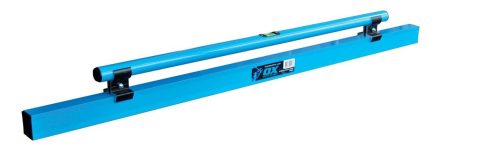
Wheelbarrows
When working with concrete, you will likely need to move the mixture from a concrete mixer to the location you are working on. In this case, a bucket or other container isn’t large or sturdy enough to hold heavy, dense concrete. A wheelbarrow will allow you to move bigger quantities of concrete at a time, saving your back from potential injuries due to lifting heavy loads.
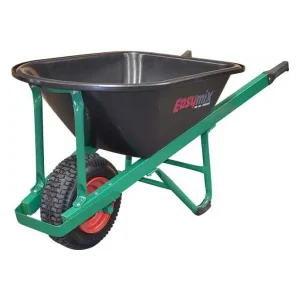
Groovers
When laying concrete, it is important to consider the structural integrity of the finished product. Concrete will expand and contract during the curing process, as well as in extreme temperatures. This will inevitably result in some cracking.
Groovers are a tool with a measured depression in the centre, creating a join or groove in your concrete slab.This encourages the concrete to crack in these specific sections rather than all over the surface. Groovers are essential to achieving a clean and solid final result.

Rakes
A concreting rake is a little bit different from your standard garden rake. Rather than individual tines, concreting rakes feature a large metal plane. This kind of rake is ideal for spreading liquid concrete without exerting much effort, getting the process of levelling your fresh concrete started.

Power Tools: Work Faster and Smarter
When working on larger concrete projects, having the right power tools can significantly improve efficiency and ease of work. Power tools play a crucial role in various stages of the concrete project, offering precise and effective solutions to specific tasks.
Concrete Mixers
For projects involving substantial volumes of concrete–such as foundations or large slabs– manually mixing the materials can be impractical and time-consuming. Portable mixers offer a time-efficient solution, ensuring consistent and thorough mixing of cement, sand, aggregates, and water. The result is a homogenous mixture that guarantees the structural integrity of the concrete.
Saws
Concrete saws are indispensable when it comes to making accurate and smooth cuts. Whether you need to create straight lines or intricate shapes, a high-quality concrete saw can make all the difference. These power tools are particularly handy for projects involving concrete slabs, walkways, or countertops. When selecting a concrete saw, consider factors such as blade size, motor power, and cutting depth to ensure the tool matches the requirements of your project.
Vibrators
Vibrators are tools used to remove air bubbles trapped within freshly poured concrete. These tiny air pockets can compromise the structural integrity of the concrete, leading to weakened surfaces and potential cracks. By employing vibrating equipment, the end result becomes robust and durable. Want to learn more? There are many types of power tools, equipment, and supplies at your disposal!
Polishers
After the concrete has been set and cured, polishers come into play to refine the surface and achieve a smooth, professional finish. Concrete polishers use abrasive pads to remove imperfections, stains, and rough areas, leaving the concrete with a glossy appearance. Depending on the level of shine you desire, different grits of abrasive pads can be used in a step-by-step process. Not only does this enhance the visual appeal of the concrete, but it also improves its resistance to wear and tear over time. Polishers can help you achieve a rounded edge or straight edge, depending on your preferences.
Frequently Asked Questions
Regular cleaning after each use will ultimately prevent rusting and damage. Always check for wear and tear.
Using a concrete float is an effective way to smoothen concrete. After the concrete has been screeded, it will smoothen and level the surface area.
You can use a standard square-tipped shovel, or a concreting rake to spread concrete in an easy and controllable way.
Choose the correct concrete mix for the project, mix the right proportions of water, add colour into the concrete mix, and cut control joints to reduce cracking!
Obviously, whatever sealant you’ve chosen is vital, but depending on the specific sealer style, you may need a spray gun, roller or paint brush to achieve the perfect result.
Make Use Of Concreting Tool Suppliers Across Melbourne
Whether you’re laying a driveway, patio or pathways, concrete is a simple but stylish medium to choose. Working with concrete isn’t rocket science, but the proper tools make all the difference. We consider the items from the above list to be essential to a great outcome and concrete surfaces that will stand the test of time.
For the best concreting tools and equipment in Melbourne, Australian Slate-Crete Supplies is the ultimate choice. Whether you’re looking for hand tools, boots and personal safety supplies, or concrete hardeners, our friendly staff are knowledgeable and always ensure you get the best possible results from your concreting project. For more advice or to order some of the tools you’ve just read about, contact us today.
-
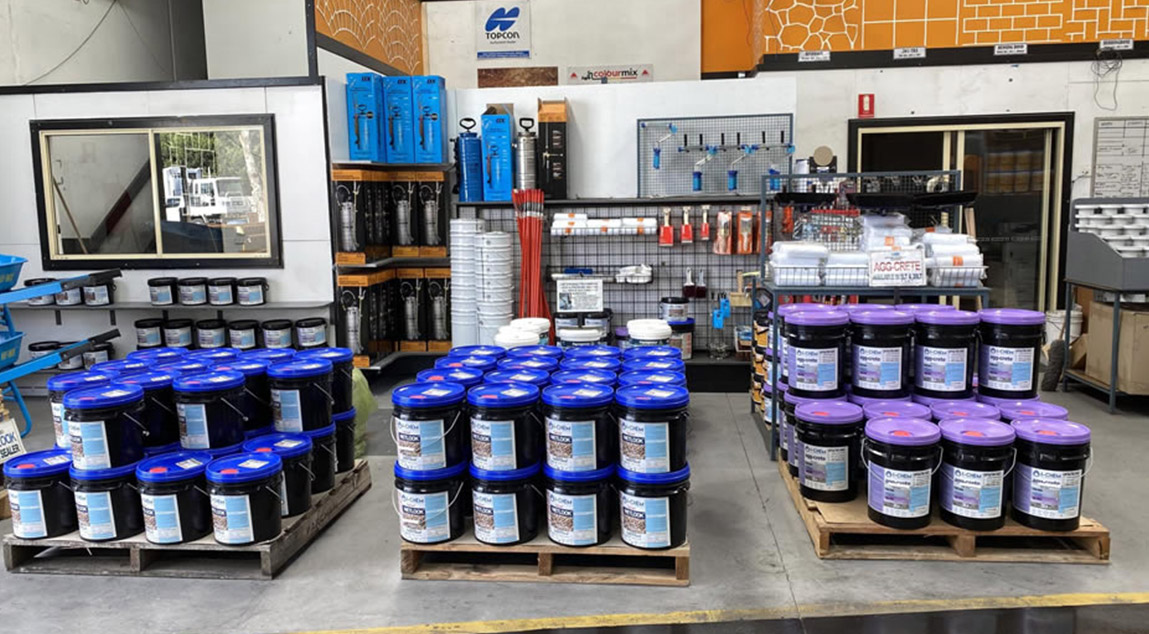 February 4, 2022Sandstone Concrete Stencil
February 4, 2022Sandstone Concrete StencilDo you want to add a touch of luxury and elegance to your concrete projects? If so, then consider using sandstone concrete stencils!
Read More -
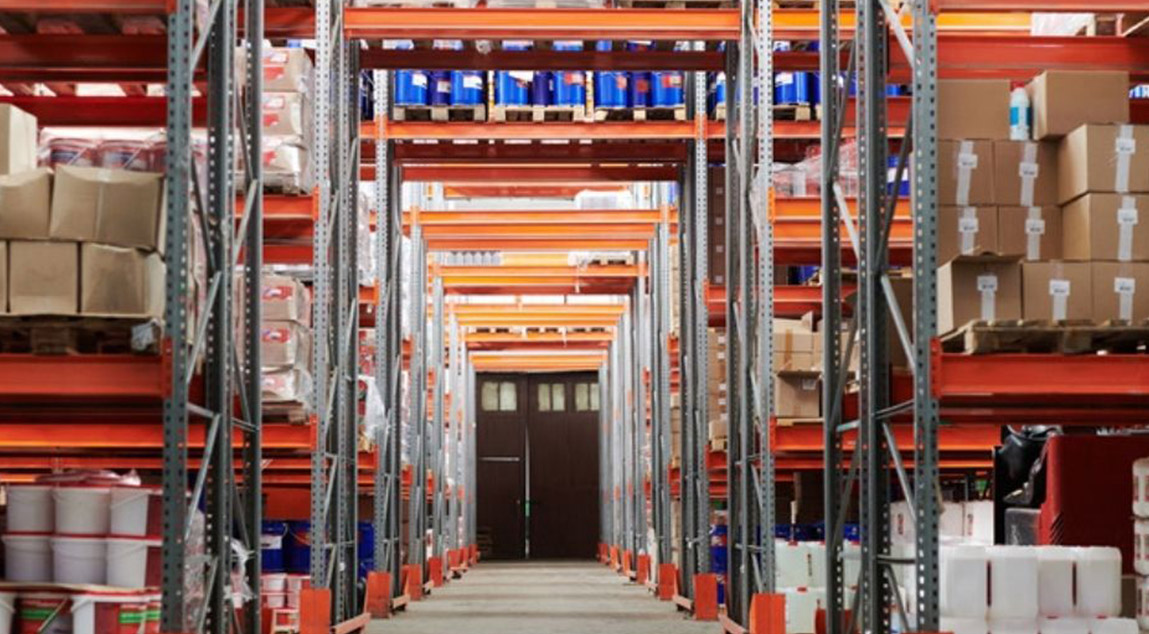 February 4, 2022Gloss Brick Sealer
February 4, 2022Gloss Brick SealerGloss brick sealer is a wonderful material for adding a brilliant shine to your brick slip wall feature.
Read More -
 February 4, 2022Bluestone Concrete Sealer
February 4, 2022Bluestone Concrete SealerIn a broad sense, the term “bluestone” is sometimes used to refer to a variety of stones. It’s a marketing term rather than a geological one.
Read More
